How to future-proof your video marketing efforts and produce great content.
Time travel is a strange and awesome idea. Maybe you’ve done something regrettable and want to rewrite history. Or maybe you’re just in a rock band destined to save humanity and you need to gather historical figures so you can graduate from high school (#WyldStallyns). Either way, the idea that you could travel into the past to make a better future is always appealing. But what if you didn’t need to alter the fabric of time and space to ensure that incredible future state? That’s best-case scenario, right?
Now, we’re not time travelers and we’ve never claimed to be. Sure, we’ve lived through the past – where do you think we got these original deadstock JNCO jeans? But the future, well, none of us have been there or seen that. Not yet anyway.
Despite our woeful lack of a time machine, we do have a strong sense of video’s future. And more importantly, we know how you can future-proof your video marketing efforts with great content.
See, over the years, we’ve participated in what amounts to a video revolution, having successes and learning from our mistakes along the way. And we’ve witnessed how branded content is a constantly evolving field. But you know what? Some very important things haven’t changed, and our experience has taught us that a few of these trends will probably stay the same.
So, in this post, we’re going to peer into the future by digging into the past – no time machine necessary! And we’re going to equip you to make awesome, evergreen content with little to no risk of disturbing the great cosmic timeline.
Lesson #1: Target what your audience actually wants
Imagine – if you will – that we are a future version of you. (You’ve aged well BTW!) And we’ve come to tell you something very important about the people you’re hoping to engage with your branded content.
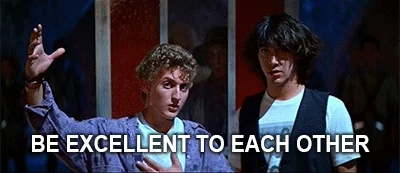
The bad news: People have a lot of options when it comes to how they spend their time. And if they choose to spend it watching a video, they have 800 million options on YouTube alone.
The good news: There are a lot of people out there too, with varied interests and needs. So, the more relevant your video is to your intended audience, the more likely they are to watch it.
This means you need to figure out what videos your audience likes: the genre, the aesthetics, the talent, the production value, the running time and the emotional pulls that draw them in. Find a creative way to speak directly to your audience so they have a reason to spend more time with your brand.
Lesson #2: Every video needs a clear message

Picture this: it’s 1985 and you’re a hard-rockin’, California high schooler named Marty McFly. You and your eccentric old buddy “Doc” are about to journey through a fold in the space-time continuum. Nice! But you have three equally important destinations, and they’re all at different points in time. Once you enter those dates into your flux capacitor-powered, time-bending DeLorean, do you toss all three different dates in at once? Of course not! You’re going to need to prioritize and choose only one. You absolutely can and should take three different trips, but you need to focus on one at a time. That’s just how time travel works (based on our understanding, anyway).
Human brains are a bit like that DeLorean’s date input screen. And realistically, your audience can’t physically retain more than a couple messages at a time. That’s just science, people! So, knowing that, your goal is to not overload your time machine with dates OR your audience with competing messages. Everything you put into your video should work toward a common goal.
Which brings us to…
Lesson #3: Focus on a single business goal
Chances are you’re not a former-Mr-Universe-turned-time-traveling-cyborg. (If you are, we have questions.) But even if you were, every time you’ve shown up in our lives, your mission has been fairly simple. Whether you’re supporting Skynet’s evil plans by trying to murder a dirt-biking teen or undermining that same ill-tempered AI by ensuring John Connor’s birth (so he can wheelie his way into leading a human revolution in the year 2029), you’ve got a singular focus to your journey.
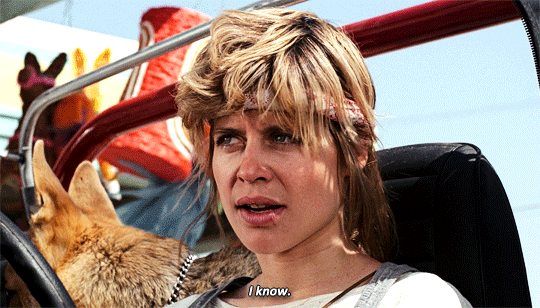
But what does that mean for you as a video marketer? Well, whatever you’re trying to achieve with a specific video, choose one – and only one – goal to focus on. You shouldn’t need to overpromise on ROI just to convince stakeholders to support your idea.
So, make sure your goal is specific and measurable. Start with one KPI (e.g., engagement, brand awareness, brand affinity, education, click-thrus, etc.) and establish a system for demonstrating success. Then, let your audience help you achieve that goal with a strong, direct Call-to-Action.
Lesson #4: Did someone say, “Call to Action”?
Let’s be real here: The purpose of your video is to drive your audience toward some kind of action. And until we develop technology that allows your audience to read your mind, do you know what the most effective way to get a person to do something is?
Just tell them what you want them to do. Otherwise – you guessed it – they won’t know!
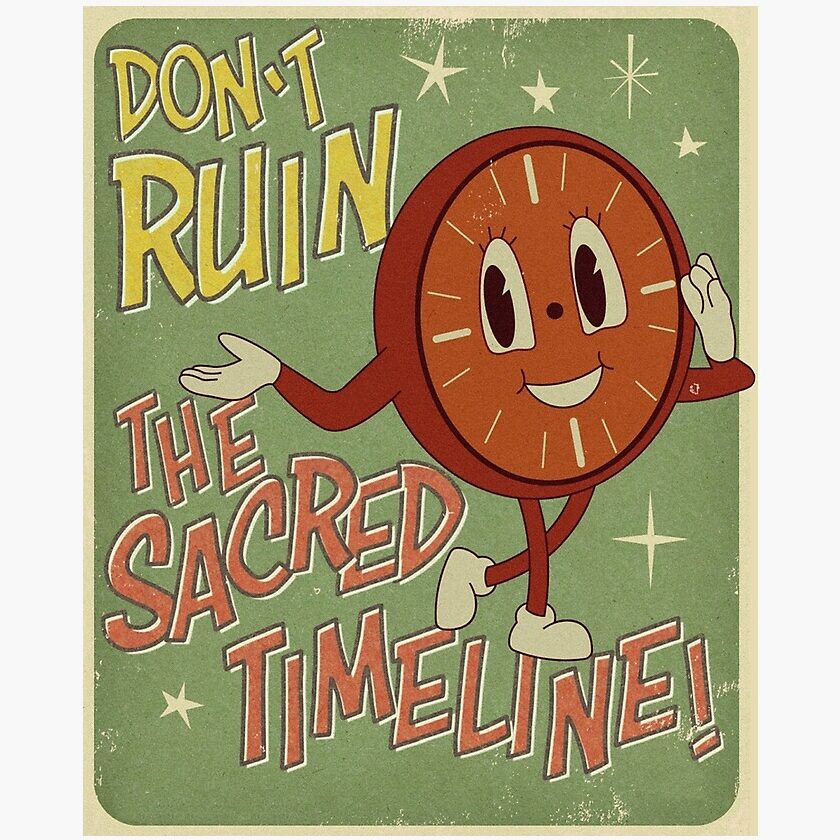
Call, log-on, e-mail, like, click, share, tweet, comment, follow, hashtag, whatever – you can be pretty straightforward when it comes to your CTA. Now, there’s obviously strategy and nuance when it comes to driving action, and if you want to dig in, check out this great guide from Wistia.
Engaging with your audience is the most powerful part of business video creation, so don’t let this be an after-thought. And we have a lot of thoughts on this topic, so if you want to learn more or talk video strategy, fill out our contact form and start the conversation. (See what we did there?)
Lesson #5: Build an emotional connection with your audience
Very rarely does someone want to watch or listen to a sales pitch. But you’re selling something and you don’t want your audience to ignore your video. So, what’s the plan here, boss?
Just like people, brands and businesses have stories to tell. And storytelling is a proven way to make your content easier to follow and more memorable. Connect the audience with your business’s humble beginnings, a customer case study, or a fictional account of what your product looks like in action. Or even try looking ahead with the story of where you’re going and how you’re changing the world. All these provide examples of what you do and what you care about – which will help your audience see that you know who they are, understand their needs and get what they’re all about.
Think about your brand as more than a wordmark or a product – you create outcomes and results. Connect your story with what matters to your audience, and they’ll know who you are and why knowing that matters.
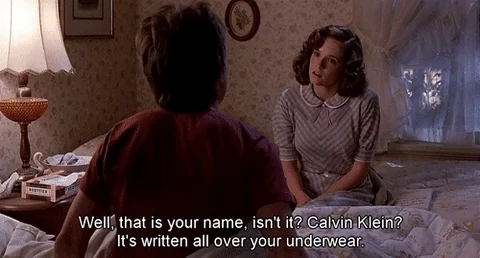
Otherwise, they might not know – and worse, they may misunderstand you or mistake you for someone else.
Lesson #6: Length and structure matter to your audience
By now, we’ve all heard —and most of us have personally experienced — how short people’s attention spans seem to have become. Which begs the question about branded video run time: How long is too long?
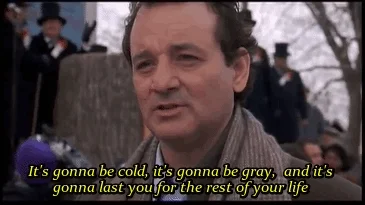
The truth is there’s no perfect length, no magic number that works for every piece of content. Videos and podcasts need to be as long as they need to be to make the point they’re trying to make.
But here’s some food for thought.
The longer your video is, the more quickly your audience will potentially stop watching. Think about it. If your interest flags in the first 45 seconds of a two-minute video, are you going to finish it? Or if you’re deciding whether to commit 30 minutes of your time to a webinar, is the content worth the time? Either way, your ability to stick with a piece of content absolutely depends on what you expect to get out of it.
So, a product announcement might land at 30 seconds – while an explainer about the same product could push a couple minutes – because the content requires more or less detail depending on what the audience will walk away understanding. Oh, and don’t get us started on the power of long-form content to engage audiences and build brand affinity! Read any “State of Video” report and you’ll see that the YOY growth of audience engagement favors longer content types. And building brand affinity is one of the strongest ways to create relationships with your customers.
The lesson here, in a nutshell, is always create content with intent – don’t make decisions about length and structure arbitrarily. Got it? Good.
Lesson #7: Good production value goes a long way
If you could, would you go back and do things differently? No, we’re not talking about investing in Apple in 1980 or inventing Google (or Lougle, depending on your timeline). We mean investing in the great ideas you’ve had over the years. The gamechanging podcast that didn’t quite sound right. The inspiring brand anthem packed with stock footage. That time you animated your own product explainer with a free tool online. Yeah, those ones.
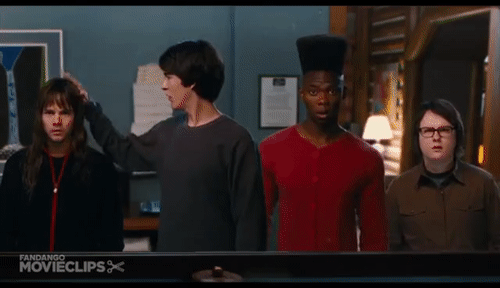
Welp, you can’t fix those now. But we don’t need to look backwards to understand what we can do better moving forward.
So, don’t sleep or skimp on lighting, color correction, high quality audio recording, sound design and everything else that contributes to audience engagement. Heck, hire a production team (wink wink, nudge nudge)! Because with or without a massive budget, your audience needs to be able to understand your vision in order to connect with it.
Now, you probably know that expensive productions don’t automatically translate to effective videos (we’re looking at you 2009’s Land of the Lost). But when you produce with intent, it shows. Plus, every single piece of content you share with the world reflects directly on your business. So, next time you have a great idea, give it the great production value it deserves.
In conclusion: Save time travel for awesome adventures
Time travel shouldn’t be wasted on un-regretting poor decisions or learning lessons about branded content. It should be used for arm wrestling a dinosaur. Or riding a motorcycle through King Arthur’s court. Or teaching a caveman to play giant Jenga. You know, awesome stuff.
Lessons like these, well, that’s what blogs by experienced content pros are for:
- 1. Target what your audience actually wants
- 2. Every video needs a clear message
- 3. Focus on a single business goal
- 4. Manifest results with a strong CTA
- 5. Build an emotional connection with your audience
- 6. Length and structure matter to your audience
- 7. Good production value goes a long way
- 8. Save time travel for awesome adventures
And now that you’re equipped for success, are you ready to start creating branded content that you won’t look back at with regret? Fill out the form below for a free strategy session with one of our video marketing specialists.
